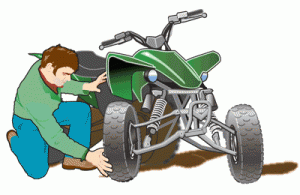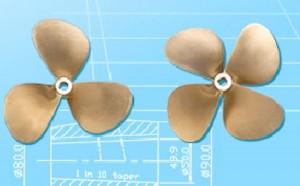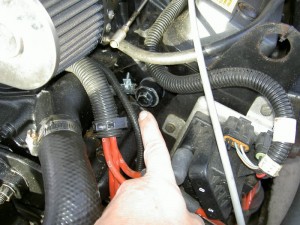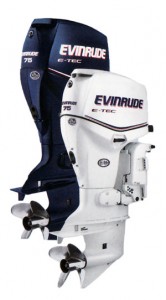Basic Maintenance for Your ATV
 As much as I love boating, ATVing takes up just as much of time during the summer. A few years ago my sons and I built a dirt track in a backyard—it’s more like a three-acre lot. We have four ATVs now, and there’s no way that I can handle all of the maintenance myself. So for the last couple of years, I’ve been educating my boys on the basic of ATV mechanics.
As much as I love boating, ATVing takes up just as much of time during the summer. A few years ago my sons and I built a dirt track in a backyard—it’s more like a three-acre lot. We have four ATVs now, and there’s no way that I can handle all of the maintenance myself. So for the last couple of years, I’ve been educating my boys on the basic of ATV mechanics.
During the season you should inspect the vehicle regularly to ensure it’s safe to ride. Once a month, examine the brakes, carb, air cleaner, spark plugs and all of the nuts and bolts. Things like the fuel line and suspesnsion only need to be checked out once a year. And, of course, we can’t forget about the oil; I recommend changing the Yamalube 2S oil and the filter when you put your boat into storage, as the old oil will go bad when it sits idle.




